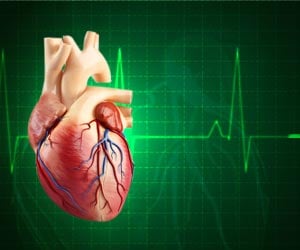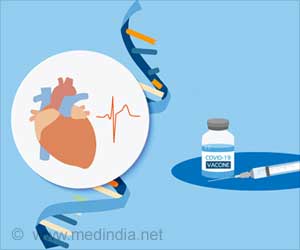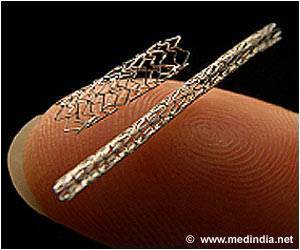Asystole has been found to more common in heart failure patients than what you thought. Patients those who have heart failure with preserved ejection fraction (HFpEF) are prone to this type of lethal heart rhythm, finds a new study.

TOP INSIGHT
Patients with heart failure with preserved ejection fraction (HFpEF) are far more likely to suffer from pulseless electrical activity or asystole, both of which are not treatable with electrical shocks.
These findings suggest that a surgically implanted defibrillator could be less effective in patients with HFpEF compared to HFrEF if they go into sudden cardiac arrest.
More research is needed to select high-risk patients with HFpEF who are most likely to benefit from the implantable defibrillator.
Sudden cardiac arrest accounts for approximately 300,000 deaths each year in the U.S. and is caused by the defective electrical activity of the heart. HFpEF is the most common form of heart failure, affecting more than 6.5 million Americans each year.
Data from this study comes from the Oregon Sudden Unexpected Death Study, a comprehensive, 16-hospital, multiyear assessment of cardiac deaths in the 1 million population of the Portland, Oregon, metropolitan area. Led by Chugh, the project--now ongoing for more than 15 years--provides researchers with unique, community-based information to help determine the causes of sudden cardiac arrest.
 MEDINDIA
MEDINDIA




 Email
Email










